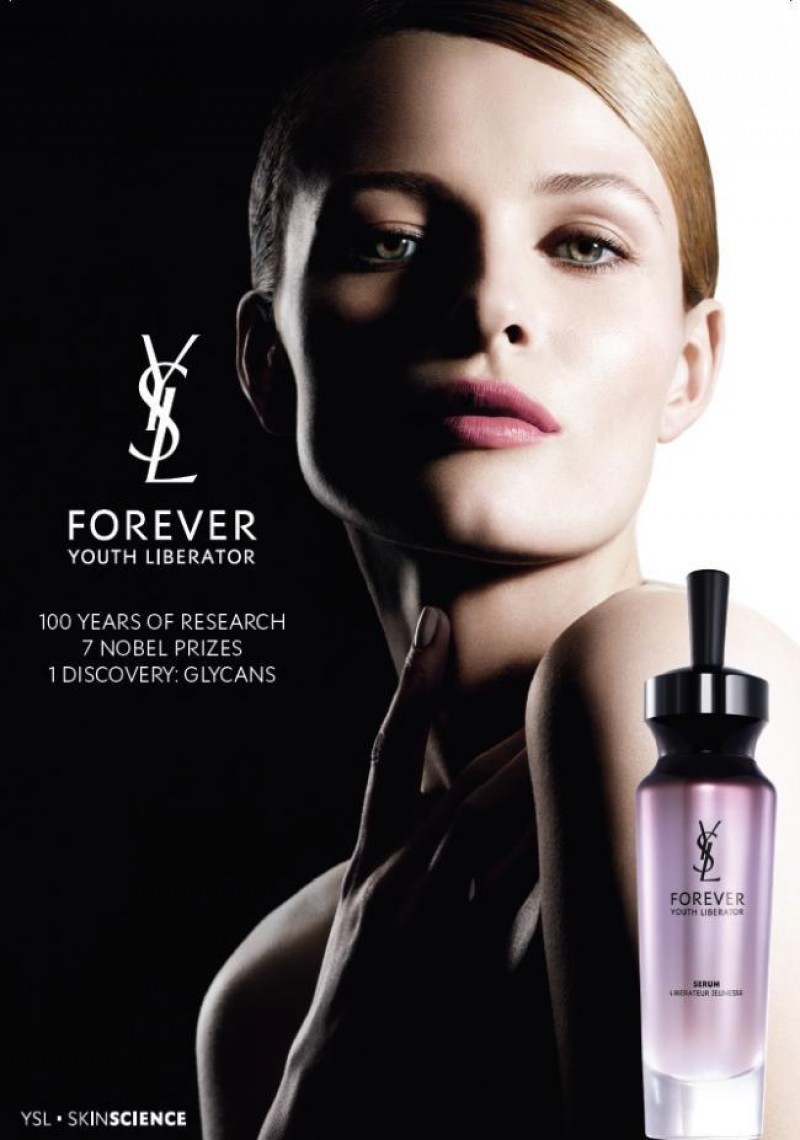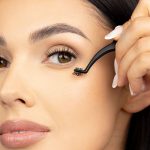Did you know that ginger is the least common colour of human hair? It’s still recognized as original and beautiful. If you also belong to the red-headed group then you are probably aware of how to take care of such fiery strands. However, if you aren’t sure whether or not you condition your red hair the right way, keep reading the article to find out a few beauty practices which enable you to enjoy having beautiful and healthy ginger hair.
How to Get Ginger Hair?
If you want to have ginger hair, you can give a go to one of two methods. You can either use henna or regular hair dye. Obviously, the first technique is considered as more beneficial and safer because it’s more natural.
Henna
Henna (lawsonia inremis) is a herb that delivers red-and-orange shades to hair. It’s worth realising that henna doesn’t light hair up but leaves it coloured. Extremely crucial is the way in which you prepare henna for the procedure. In short, the more you make it acidic and the longer it’s put aside, the more intensive the colour will be. Basically, the acidification itself determines whether the final colour will be intensive or not. You can use either acerola (aka West Indian cherry or wild crepe myrtle) or amla to acidify henna. Acerola gifts hair with highly saturated ginger shade, whereas amla delivers burgundy or mahony tones.
The biggest asset of henna is that it delivers permanent hair colouring. It’s worth realising that the healthier hair is, the stronger bond between the colourant and hair will be. Therefore, ginger colour applied to damaged hair may be weaker, less saturated, and be fast to fade. Is there a way that prevents the colour form fading? Surely, there is! The remedy is regularity, which is the systematic use of henna. What’s interesting, this natural colourant makes hair stronger and thicker. Also, it prevents from mechanical damages and shields against UV radiation.
Hair Dye
First of all, hair dyes may dehydrate hair and irritate scalp. Secondly, products that make hair gingerish, are fast to get washed away, fade and with time they turn hair into so-called dirty blonds. On the other hand, by using a hair dye you are able to colour your hair more precisely and define the final effect due to the concentration of oxidizing agent. The truth is, right after dyeing, strands look way better. However, contrary to the henna action, regular hair dyes don’t improve the condition of hair. In fact they work the other way round: dehydrate, make scalp more sensitive and can deprive hair of its natural shine.
How to Help Ginger Colour Stay True for Long?
Henna
In order to boost your hair dyed red, you should make a use of Henna Gloss. In short, this is a small portion of henna combined with a silicone-free conditioner. Such a mixture has to be applied once a week. It has to sit on hair and scalp for more or less 30 minutes up to one hour. Below, you will find an exemplary mixtures that can be used for boosting the colour of your red hair:
- hair growth: 2-3 spoons of pure henna, 1 spoon of powdered fenugreek, 4-5 spoons of a silicone-free conditioner;
- smooth hair: 2-3 spoons of pure henna, either natural yoghurt or cream, 2-3 spoons of a silicone-free conditioner (optional);
- anti-dandruff: 2-3 spoons of pure henna, 1 spoon of powdered fenugreek, 4-5 spoons of a silicone-free conditioner, a few drops of birch tar.
Hair Dye
If you decided to colour our hair red, remember to do your best to keep the pigments underneath your hair cuticles. Fairly good effects are provided by acidification that smooths out hair cuticles. Therefore, you can give a try to a hair wash made of hibiscus, or a shampoo mixed with… feminine wash. Also, you can go for a hair mask featuring lactic acid, apple acid, tartaric acid or pyruvic acid.









Leave a Reply